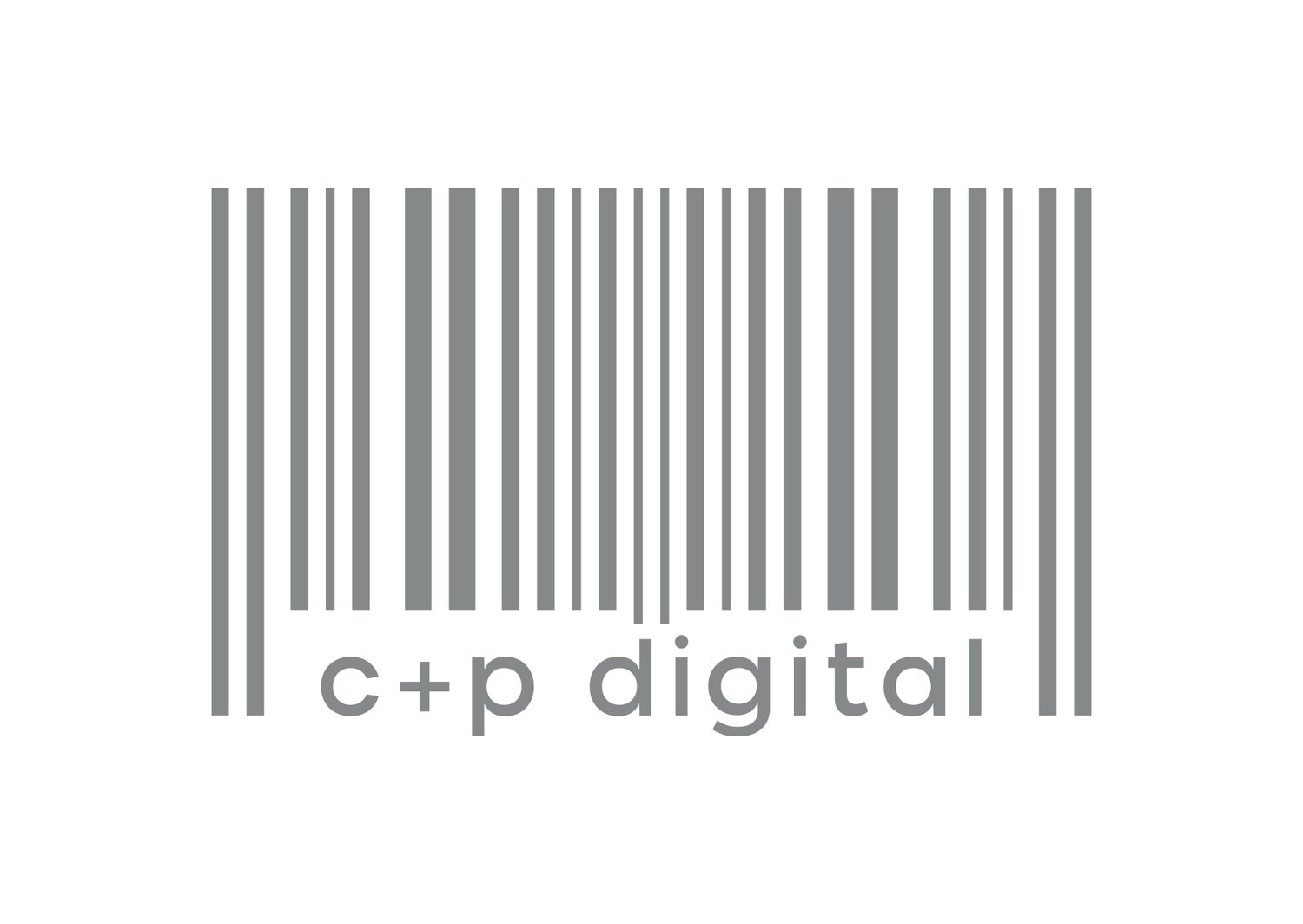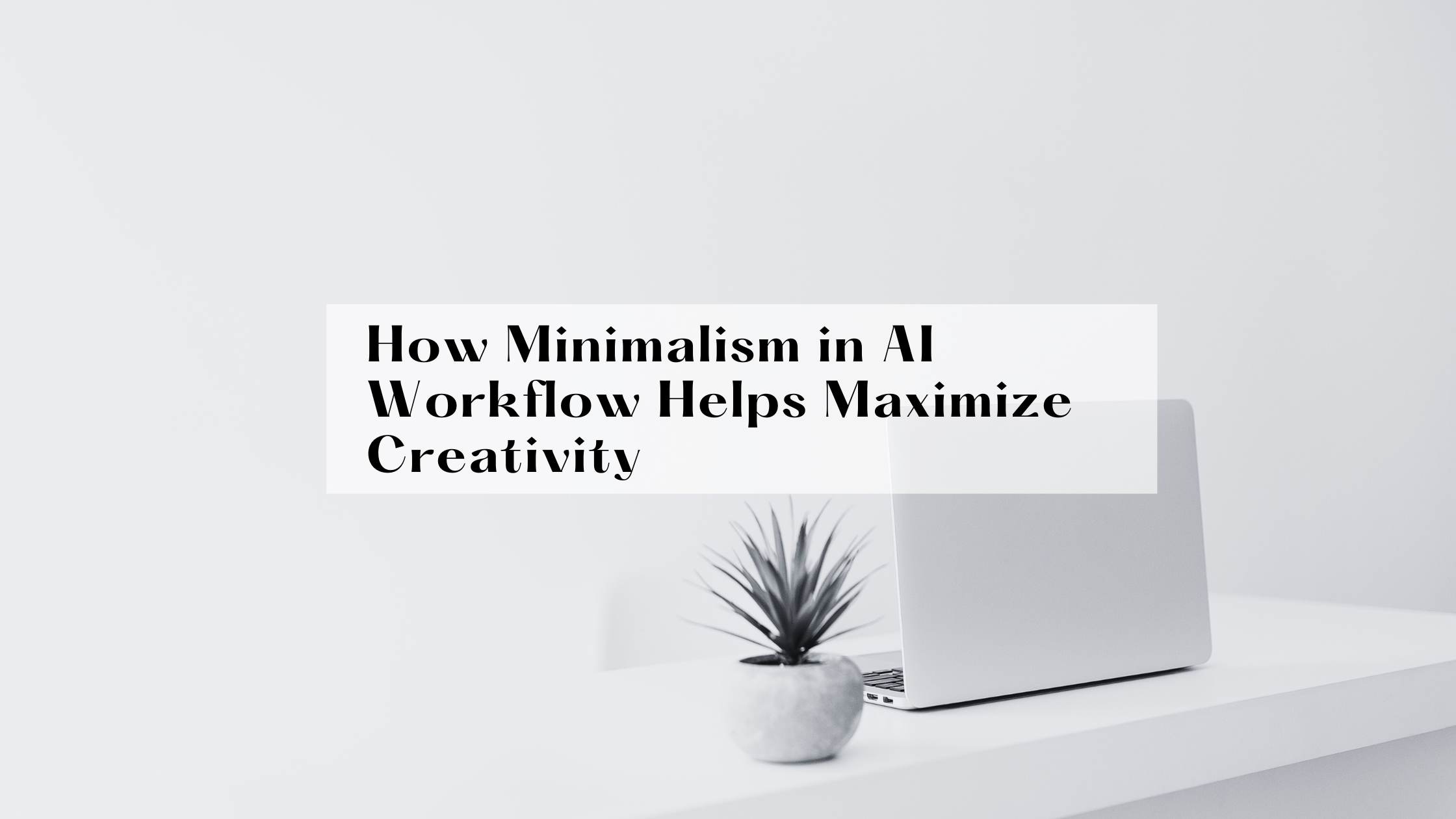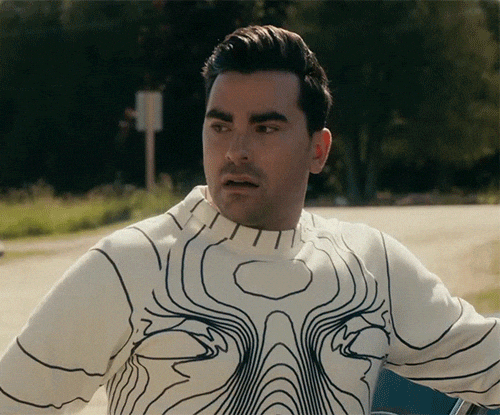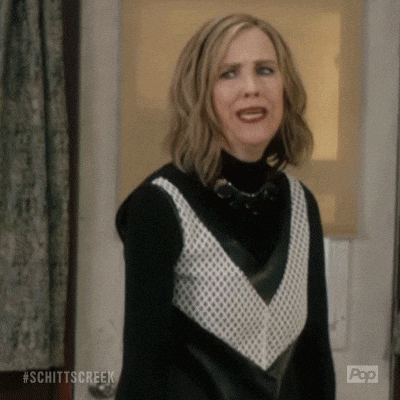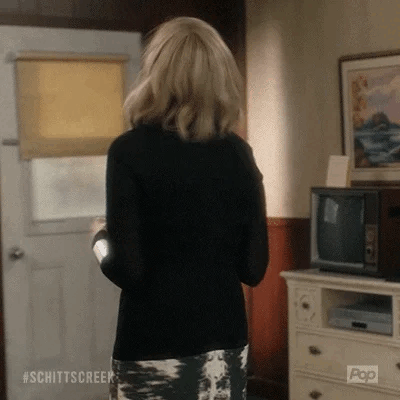How Minimalism in AI Workflow Helps Maximize Creativity
When you think about adopting AI for your business, it’s easy to imagine a complex, feature-heavy system that requires a massive amount of your time and attention. AI has an almost mythical aura around it: the buzzwords, the multitude of capabilities, the promises to revolutionize every aspect of your business. But here’s a secret to it that is not something we talk about enough: less is more. Think minimal.
The numerous features, custom workflows, and integrations - don’t get me wrong, these things are incredible. But the truth is, adopting all of it, all at once, can become more overwhelming than empowering. So today, I want to explore how applying a minimalist mindset to your AI workflow can not only reduce the complexity but actually maximize creativity.
Simplicity Brings Clarity
In a world filled with choice overload, especially in the tech space, narrowing things down can give you a huge amount of clarity. If you have 20 AI tools available but only pick one or two that truly enhance your workflow, you're giving yourself the ability to go deeper with those tools. Instead of spreading your attention thin across many features, you can learn how to leverage the core capabilities that drive the most impact.
When you focus on simplicity, you’re not constantly getting distracted by trying to figure out another feature or mastering a new integration. Instead, you’re getting more familiar with fewer tools. That comfort breeds expertise - you start using these tools almost instinctively, allowing yourself to work more effectively without having to second-guess yourself.
For this week’s episode of the AI Literacy for Entrepreneurs podcast I sat down with Maiko Sakai, Business Consultant, to chat about how you can take a more minimalist, intentional approach to your business, and adding AI to your work. Maiko is all about intentional choices, and we got talking about how as entrepreneurs we can easily fall into the trap of thinking that more is better. In reality, simplicity - that minimalist approach - often leads to richer, more meaningful engagement with strategies, techniques, and indeed, the tools we use.
Minimalism Reduces Mental Clutter
Ever heard of decision fatigue? The more choices we face, the more exhausting it becomes to make good decisions. This phenomenon is true for entrepreneurs trying to choose which AI tools or features to use. By stripping away the “noise” and focusing only on what truly matters to your unique workflow, you’re minimizing the mental clutter that can hinder your creativity.
Think of it this way - if your mind isn’t bogged down trying to figure out every little capability of an overstuffed toolbox, it’s freed up to engage more with the creative aspects of your work. You start to focus on what AI can help you create, rather than on how to use it or which feature might suit your purpose. In this sense, the fewer tools and features you actively use, the more mental space you have for actual ideation and creation.
Quality Over Quantity in Automation
Another powerful aspect of minimalism is the quality over quantity approach. When it comes to AI, it’s easy to fall into the mindset that you should automate everything. The more, the better, right? Well, not quite.
Automating the right things is much more impactful than automating every possible task. If you automate tasks that don’t truly need it, or that require a more human touch, you could end up with less flexibility and more frustration. Minimalism in automation means thoughtfully deciding what to automate and what should remain manual. This mindset allows you to maintain control over areas where human creativity and intuition shine while letting AI handle the repetitive, routine tasks.
An example Maiko and I discussed is the simple but powerful use of AI for scheduling and note-taking. Automating those uncreative, repetitive tasks frees up time for the aspects of work that bring joy and innovation - the things that make you feel alive in your role. So, instead of thinking of AI as a way to completely remove yourself from a process, consider where AI adds value and where you, as a human, are irreplaceable.
A Minimalist Workflow Allows Space for Experimentation
Having fewer tools doesn’t mean that you aren’t experimenting. On the contrary, it provides more freedom to experiment with your creativity and ideas, without the burden of learning countless tools. AI is supposed to augment your work, not get in the way of it. When we aren’t spending hours on troubleshooting, learning curves, or unnecessary complex workflows, we have more space to play and experiment with our ideas.
A minimalist approach lets us concentrate on what truly matters. It’s like having a blank canvas where AI acts as one set of brushes and colors. You don’t need an overwhelming palette of a thousand colours to bring your vision to life.
Staying Intentional
Minimalism is, at its core, about intentionality. Using AI without intention is what causes many users to get disillusioned. You’ve likely seen those marketing promises: “AI can do everything for you!” And maybe it could, but that’s not always what you want or need.
Instead, think about what you want - for your creativity, for your business, and for your life. Once you understand those deeper desires, minimalism becomes a powerful strategy to select the right AI techniques and tools, adopt them deeply, and genuinely transform the way you work.
If you’re interested in exploring how you can take a more minimalist, intentional approach to AI in your business, check out Episode 227 of the AI Literacy for Entrepreneurs podcast where I chat with Maiko Sakai. And if you want to join a group of forward-thinking business owners tackling these challenges together, consider joining the Marketing Power Circle (MPC).
